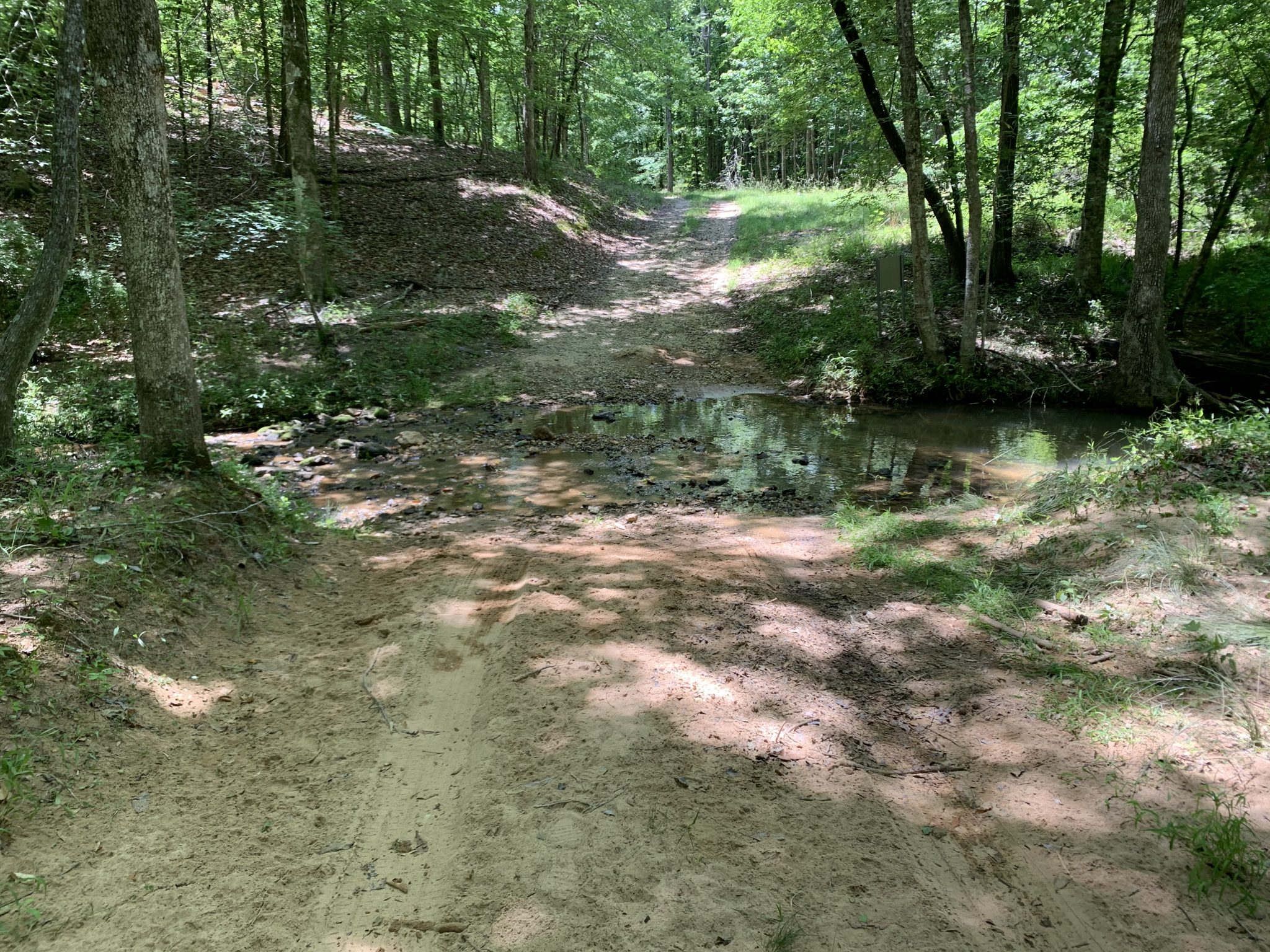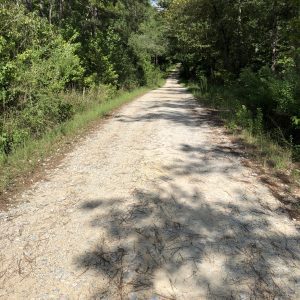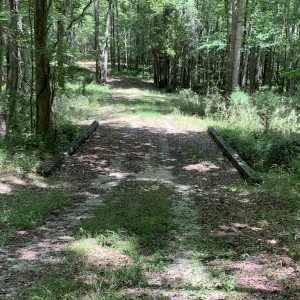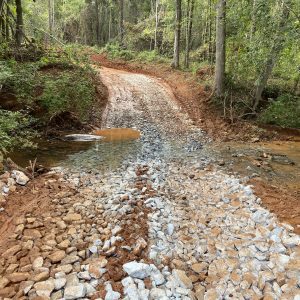Forestry

Nonpoint source pollution (NPSP) can be a concern on active and completed timber harvests. Erosion is the top NPSP pollutant associated with timber harvesting. The most critical areas to control erosion are forest roads, skid trails, streamside management zones (SMZs), and stream crossings. Erosion really becomes a problem when it becomes sedimentation, which is when sediment enters waterways or waterbodies. Water runs downhill, so it is important to protect areas away from waterways also. To protect water resources from timber harvest activities, there are forestry best management practice (BMP) guidelines. Loggers implement these guidelines during and after harvesting timber. Loggers are trained through the Alabama Professional Logger Manager (PLM) trainings which teach loggers Sustainable Forestry Initiative (SFI) standards. Loggers also receive additional BMP training at continuing education workshops each year.
BMPs
Forest road BMPs consist of guidelines for road construction, maintenance, surface drainage, surface erosion, traffic control, and road close-out methods for temporary haul roads.
Some examples of forest road BMPs are
- crowned roads
- ditches with turnouts
- out-slope roads
- in-slope roads with cross-drain culverts
- broad-based dips
- gravel/rock.
These BMPs also help improve the stability of and access to forest roads during rainfall events. Skid trail BMPs consist of guidelines for construction, areas of concern, and close-out methods. Properly closing out skid trails is important and consists of installing waterbars, turnouts, grass seed and straw, and/or logging slash.
Stream crossings are very important in terms of protecting water quality as these areas have direct access for sediment entering waterways. Proper stream crossing methods include fords or low water crossings (temporary or permanent), culverts (temporary or permanent), bridges (temporary or permanent), and log crossings (temporary). Temporary crossings are removed after the timber harvest and additional BMPs are implemented at this time to protect water quality. It is very important to allow fish and aquatic organisms to pass freely though stream crossings.
Streamside management zones (SMZs) are buffers left to filter and trap erosion from reaching waterways. SMZs are implemented on all perennial streams (flow year-round, well-defined channel) and need 35 feet on both sides of the stream left after the harvest. However, up to 50 percent of the canopy cover can be harvested with no trees being removed directly on the stream bank. Intermittent streams (flow part of the year, well-defined channel) only require a vegetive buffer but leaving 35 feet on both sides of the stream is still recommended. Streams that only flow during rainfall events and don’t have a well-defined channel are ephemeral streams and don’t have any SMZ requirement, but it is recommended to minimize machine traffic in these areas.
For more information on erosion control measures, forest water quality, and forestry BPMs, see the Alabama Extension publication Timber Harvesting Guidelines for Forestry Best Management Practices or contact Richard Cristan.




